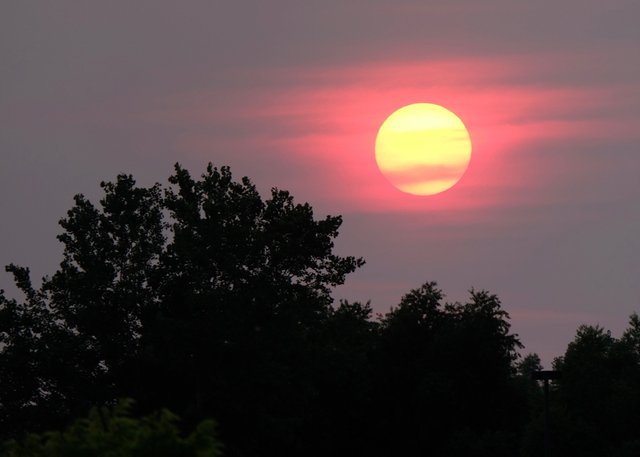How a photographer defeated his GAS (Gear Acquisition Syndrome) – Part 2 (Trial & Error)
After coming to the conclusion on Part 1 that I “had” to purchase a better camera to capture better pictures and videos of my son’s band, the first question came fast and furious: where to start?
My wife loved QVC and why not purchase from them? After all, we used their 30-day money back guarantee policy before with no issues. Then came the “magnificent” GE DV1 Camcorder (yes, made by General Electric…). I don’t want to bore you with the details but here is how the saga started:
--GE DV1 Camcorder: very portable, easy to use with poor video quality and even poorer picture quality. Returned to QVC.
--Fujifilm HS50EXR: like any bridge camera, it tries to connect (bridge) the gap between point & shoot and DSLRs. Like most bridge cameras, it can’t do any of the 2 roles well. Ok picture quality if light is good but poor video quality in low light (like, let’s say, in a concert…). Returned!
--Sony A57: probably the best hidden unknown gem. Good video and great photo quality. Interchangeable lenses so be ready to spend on lenses.
--Sony A58: More affordable model that came after the A57 but disappointing low light performance in video. I was looking for a 2nd camera. Sold on eBay.
--Panasonic GH2: this will raise your idea of what a great video quality is to the skies. The “hacked” version will render beautiful footage. Picture quality is so-so. Sold on eBay.
--Sony NEX7: great video and image quality. Terrible menu system. Bought and sold on eBay.
--Sony A6000: Maybe the most complete hybrid camera (great at video and images). NO external microphone input. Sounds quality is crucial on video (especially if you want to show people playing instruments). Sold on eBay.
--Canon EOS M: small size, great image quality. Slow focus system is a major issue. Sold on eBay.
--Sony RX10 and RX100: quite impressive cameras with good video. It tends to over sharpen images (looks less organic) even when you manually change the settings to your liking. Sold on eBay.
--Fujifilm X30: small sensor. Rented for a weekend. Very portable and feature packed. So-so video. Lots of features.
--Panasonic G7: Panasonic’s video CODEC is unbeatable. Flip screen is a must for concert photography (take videos above the crowd’s heads). Very “plasticky” body but high quality. Very light as a consequence. This is my current camera I use for video.
--Fujifilm X-E1 and X-T20: Why did I have to watch the YouTube “The Angry Photographer” videos? Fell in love with the manual controls and Fuji’s color rendition. The X-E1 is one of the first X series cameras but did a great job for concert pictures (when paired with the right lenses). Sold on eBay and purchased the X-T20 which is small and very good on video and pictures. This is my current stills camera.
So what were my mistakes? First, I was trying to find a camera that could do video and stills really, really well. After all, I did not want to spend money on 2 lens systems… I learned that you need the right tool for the right job. The G7 + X-T20 combination is perfect. Second (and most important lesson): the gear is just 10% of the effort. YOU are the brain behind the camera. Improve yourself and your images will follow. Learned this lesson by being forced to make the cheap and old Fuji X-E1 work. By the way, having a good lens in an old camera is better than the other way around.
Stay tuned… More tips & tricks on how to handle the poor lighting conditions on concert photography.

Interesting thoughts